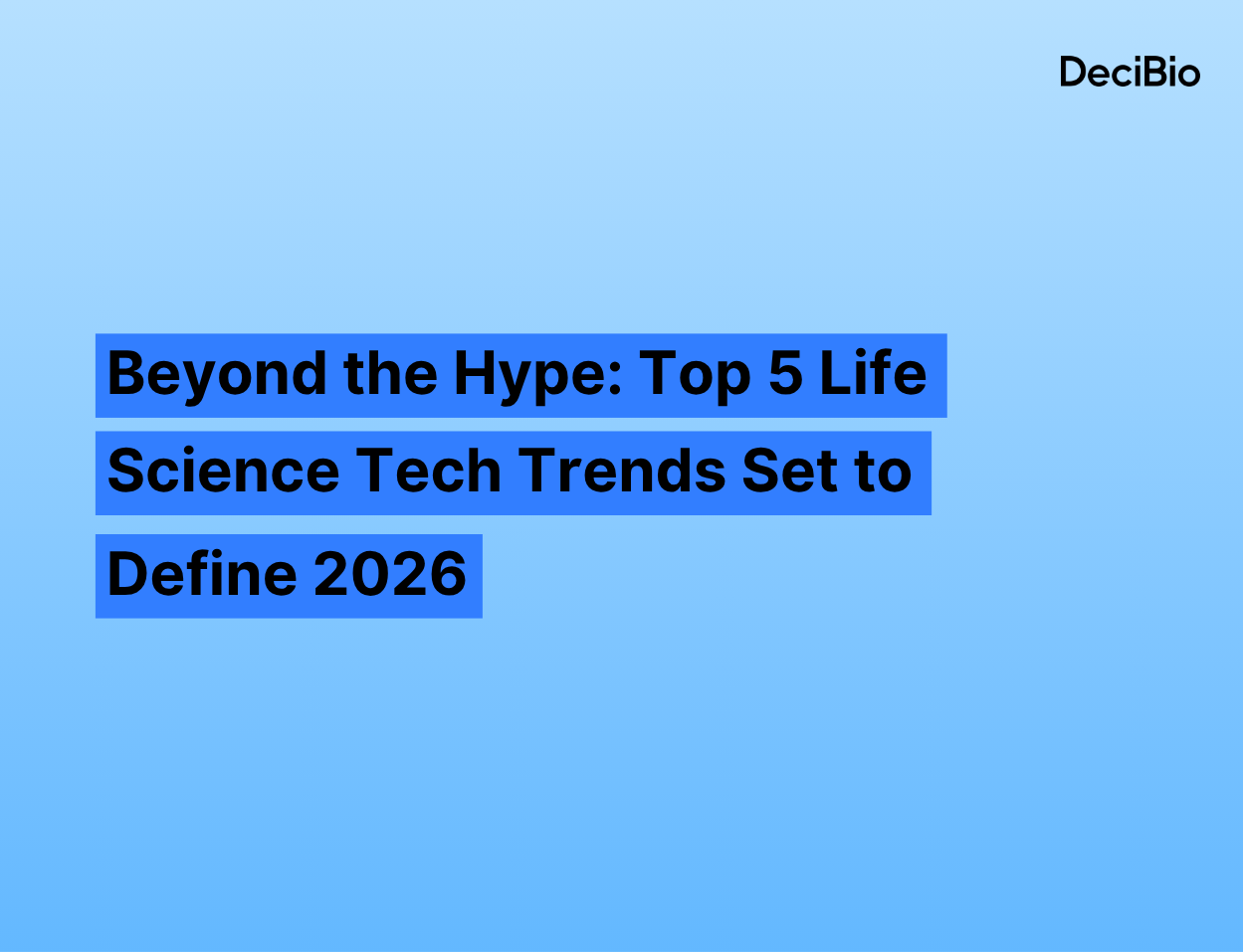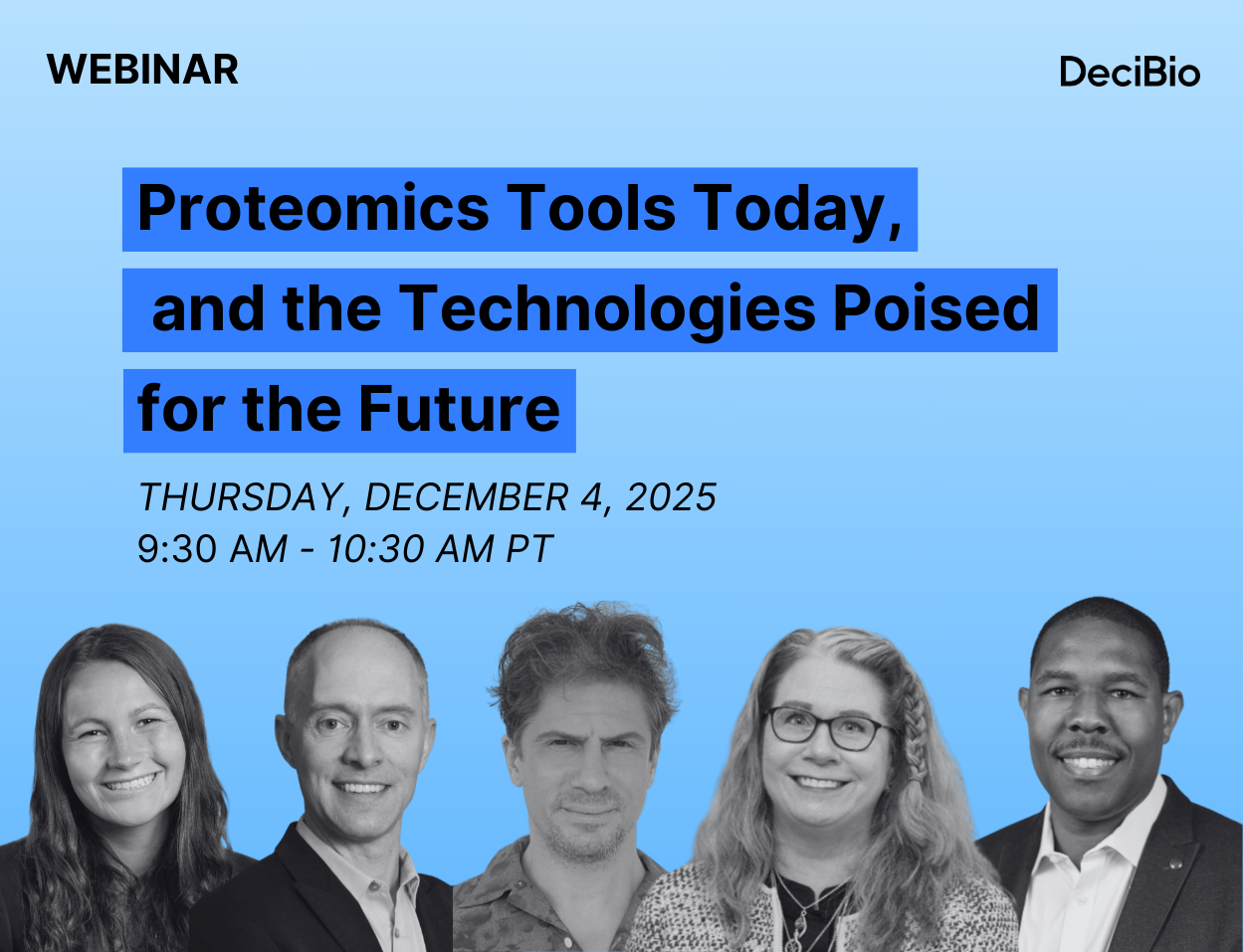For the past decade, the precision medicine revolution has been a story of potential. We celebrated a flood of "research-use-only" tools that promised to one day change how medicine is practiced. That era is coming to a close. 2025 was a critical year of moving from the lab to the clinic, defined by regulatory breakthroughs, signals for market consolidation, and true platform competition in diagnostics. This shift has been echoed by investors and operators alike, who have emphasized that capital is now flowing toward execution, not exploration, and toward platforms that have proven stickiness, reimbursement, and clear clinical pathways.
The key 2026 trend is no longer "discovery," but integration. How can these powerful, once-siloed technologies combine to create a single, multi-omic patient view? The winners will not be the companies with the most novel technology, but those who can prove their tools are essential, reimbursable, and ready for the clinical front lines.

NGS Specializes: Finding the Right Tool for the Clinical Job
Next-Generation Sequencing (NGS) is evolving beyond the race for the cheapest genome. 2026 is about application-specific optimization. We saw this accelerate in 2025 with the clinical adoption of long-read sequencing (LRS), crucial for solving complex rare disease cases missed by short reads, a major theme at ASHG 2025. Simultaneously, metagenomic sequencing for microbial cell-free DNA (mcfDNA) is displacing slow culture methods for critical clinical applications, such as sepsis diagnosis. While short-read platforms remain the workhorse, the focus is shifting to highly optimized uses like ADC trial optimization or specific, validated clinical panels, rather than a one-size-fits-all approach.
Spatial Biology Matures Towards Multi-omics & Clinical Utility
Spatial biology is moving past its reputation as “the newest tool on the block”, and is facing pressures of demonstrating translational value. 2025 brought significant commercial activity (e.g., Takara Biosciences acquisition of Curio Biosciences, ThermoFisher’s launch of the EVOS S1000, Illumina announcing plans to enter the space) and a clear pivot towards spatial multi-omics. Growing adoption of integrated RNA and proteomics platforms (e.g., 10x Genomics' Xenium, Bruker’s CosMx), underscores this shift. While still predominantly used in research and trials, Castle Bioscience's TissueCypher test continues to gain clinical traction, while partnerships focused on developing spatial companion diagnostics (e.g., Roche & AstraZeneca’s partnership to develop a TROP2 QCS CDx, Quanterix’s ongoing partnerships with NeraCare and Acrivon Therapeutics) highlight the determined push towards clinical integration.
Liquid Biopsy Expands Across the Patient Journey
Liquid biopsy (LBx) continued to expand beyond its late-stage cancer therapy section “niche” in 2025, with growing expansion into earlier stages of care. Minimal Residual Disease (MRD) testing was increasingly adopted to guide clinical decision-making in the U.S., bolstered by crucial Medicare coverage wins (like Natera's Signatera in lung cancer), enabling use of these assays to guide adjuvant therapy selection. Concurrently, the Multi-Cancer Early Detection (EDx) market continued to heat up (e.g., Exact Sciences launched the Cancerguard test, Guardant’s Shield MCED test received Breakthrough Device Designation (BDD) from the FDA), creating an increasingly competitive landscape poised to accelerate the adoption of blood-based cancer screening.
AI Becomes Foundational in Pathology and Discovery
Artificial intelligence transitioned from a futuristic promise to an essential operational tool in 2025. In digital pathology, AI platforms achieved key FDA milestones (e.g., Ibex Prostate Detect received FDA approval, Paige PanCancer Detect received BDD from the FDA) and began demonstrating real-world value by improving diagnostic consistency and efficiency, particularly for complex biomarker quantification. In drug discovery, generative AI and machine learning are now deeply embedded in pharma R&D, used not just in partnerships but through proprietary platforms aimed at dramatically accelerating target identification and preclinical timelines. For example, Tempus entered a partnership with AstraZeneca and Pathos AI to build an oncology foundation model utilizing Tempus’ data.
Proteomics Undergoes Strategic Integration
The proteomics field was reshaped in 2025, not just by internal innovation, but by the strategic invasion of major genomics and spatial biology players. Illumina's planned acquisition of SomaLogic and 10x Genomics' integrated spatial protein launch reflect a new reality: high-plex proteomics is now seen as a critical component of a comprehensive multi-omics strategy. This push is fueled by the emergence of validated biomarkers in high-prevalence areas like neurology (e.g., pTau-217 for Alzheimer's) and the looming potential of single-molecule protein sequencing technologies beginning to enter the market. Still, proteomics must avoid the “NGS 2010 trap”: dazzling technology searching for clinical fit. 2026 may be the year the field learns from the genomics’ playbook: start with clear use cases, align on data standards, and prove outcomes.
Integration is the New Innovation
The trends of 2025 clearly signal that the era of siloed 'omics is ending. The "great integration" is underway, forcing companies to prove how their technologies fit into a broader, multi-modal diagnostic workflow. For innovators, the challenge is shifting from simply creating powerful tools to demonstrating their indispensable role in answering specific clinical questions. For investors and adopters, the focus sharpens on clinical validation, reimbursement, and tangible impact on patient care. The winners in 2026 won’t win on cost and ease of access, but rather their ability to be the best fit for providing actionable answers that optimize outcomes. 2026 will reward not the loudest innovators, but the quiet integrators, those turning precision medicine from a promise into a product.
Explore the Data Behind the Trends
Complete this form to download DeciBio's Product Catalog, featuring our suite of market reports, designed to transform complex data into actionable insights across the life sciences.
Comments and opinions expressed by interviewees are their own and do not represent or reflect the opinions, policies, or positions of DeciBio Consulting or have its endorsement. Note: DeciBio Consulting, its employees or owners, or our guests may hold assets discussed in this article/episode. This article/blog/episode does not provide investment advice, and is intended for informational and entertainment purposes only. You should do your own research and make your own independent decisions when considering any financial transactions.











